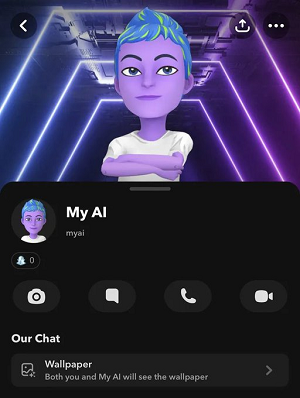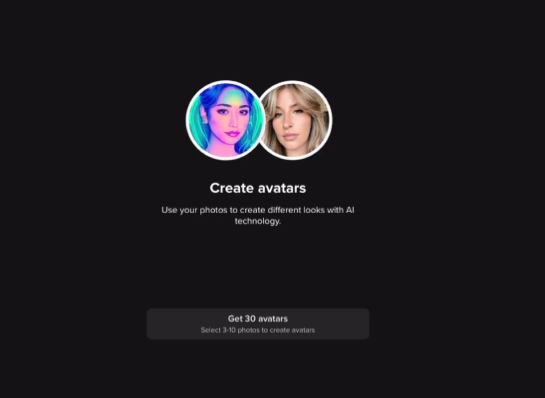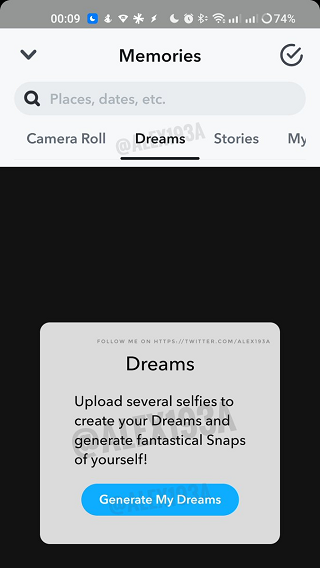For all the hype around generative AI, I’m not sure that we’ve discovered the optimal use case for it just yet, in a social media context at least.
Of course, generative AI is separate from social media. They’re only aligned under the broader umbrella of ‘tech’. But with social platforms now playing such a significant role in how we interact, logically, social platforms will be seeking ways to plug into the generative AI shift, in order to maximize engagement.
But thus far, what we’ve got are some pretty average AI concepts within social apps.
Snapchat came out with ‘My AI’ in February, which enables you to chat with an AI bot, and ask questions, within the app.

Which is interesting for about 10 or so minutes.
There are also visual creation tools, powered by AI, being developed for both TikTok and Instagram, which will bring us AI-based filters and selective creative tools.

Again, kind of interesting, but also not amazing.
And now, Snap’s working on another visual AI element, which it’s trying to dress up as something more innovative, by titling it ‘Dreams’.

As you can see in this screenshot, shared by app researcher Alessandro Paluzzi, Snap’s new ‘Dreams’ project will enable you to place your likeness into created realms, powered by generative AI.
So another creation tool based on text prompts, but with a different framing.
In addition to this, text-based generative AI options are also making their way to social apps, like AI summaries and post creation options on LinkedIn. Which seems like the opposite of what most people would want in a social app – that being actual human connection – while both Meta and Twitter are also developing new generative AI elements that haven’t been revealed at this stage.
Don’t get me wrong, the latest batch of generative AI tools are amazing in their capacity to do things that are far beyond what we would have thought possible even this time last year. But for all the hype, the actual, practical use cases for these tools are seemingly not as extensive, as yet, as many seem to proclaim.
Could AI take your job? I mean, in some cases, yeah, but in most, you still need people with working knowledge and expertise to ensure that the AI-generated outputs you get are correct and make sense. Because AI tools make things up, a lot. You’d assume that they’ll improve on this over time, but right now, the ‘hallucinations’ element, in a text sense, doesn’t reduce the workload for written content as much as you might think.
In terms of visuals, there are some amazing opportunities, but in most cases, they do still look a little off, while in many others, the challenge before people in creating visual content isn’t so much about creating the actual image, but in coming up with what to even create in the first place. In this respect, generative AI doesn’t solve the key problem in sparking creativity, even if it does provide more means to experiment and realize concepts.
Which, in some ways, means that the lack of mind-blowing generative AI options in social is pretty reflective of the broader trend – the technology is amazing, but the actual, practical applications are not as advanced, in most cases, as some reports would have you think.
There are various ways in which generative AI will play a significant role in the workforce shifts, and they do open up all new opportunities. But it’s interesting to note that given the radical capability that these tools present, the best that social apps can come up with at the moment are background-altering tools and gimmicky chat tricks.
Generative AI could change the way we interact with technology, but right now, we’re still in the early stages of this shift.



